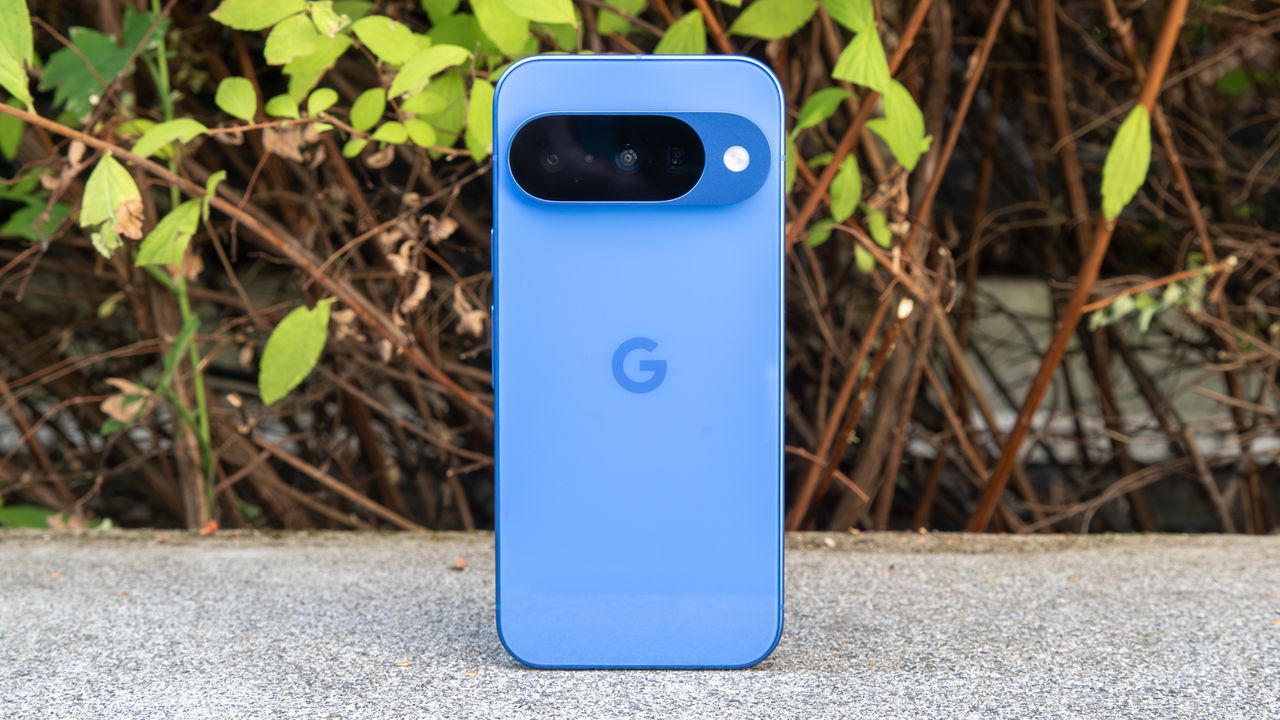
Google has done nothing but continually improve its famous Pixel family of smartphones. With the Pixel 10 series, we see this continued upward trajectory with a more refined design, a premium feel, and fantastic flagship elements in every member of the Pixel 10 family. The Pixel 10 series also marks ten years of Google making phones, making this release even more iconic.
Just like last year, there are several sizes to choose from. You don't even have to sacrifice power if you want a smaller phone. Just like last year's lineup, this series consists of the basic Pixel 10, the beefier Pixel 10 Pro, the larger-than-life Pixel 10 Pro XL, and the most expensive of the lot — the Pixel 10 Pro Fold. If you're eager to learn everything there is to know about Google's latest Android phones, you're in the right place.
The newest Pixel 10 devices introduce a handful of striking new colors like Indigo and Jade, though. Looks aside, there are a handful of useful and exciting under-the-hood changes that ensure there's a Pixel 10 model for everyone. Pre-orders for the Pixel 10, Pixel 10 Pro, and Pixel 10 Pro XL are open now, with general availability coming soon on Aug. 28.
This guide focuses on the three main Pixel 10 devices. For a thorough overview of the Pixel 10 Pro Fold, check out our hub and hands-on articles. Let's dive in!
Google Pixel 10: Price and availability
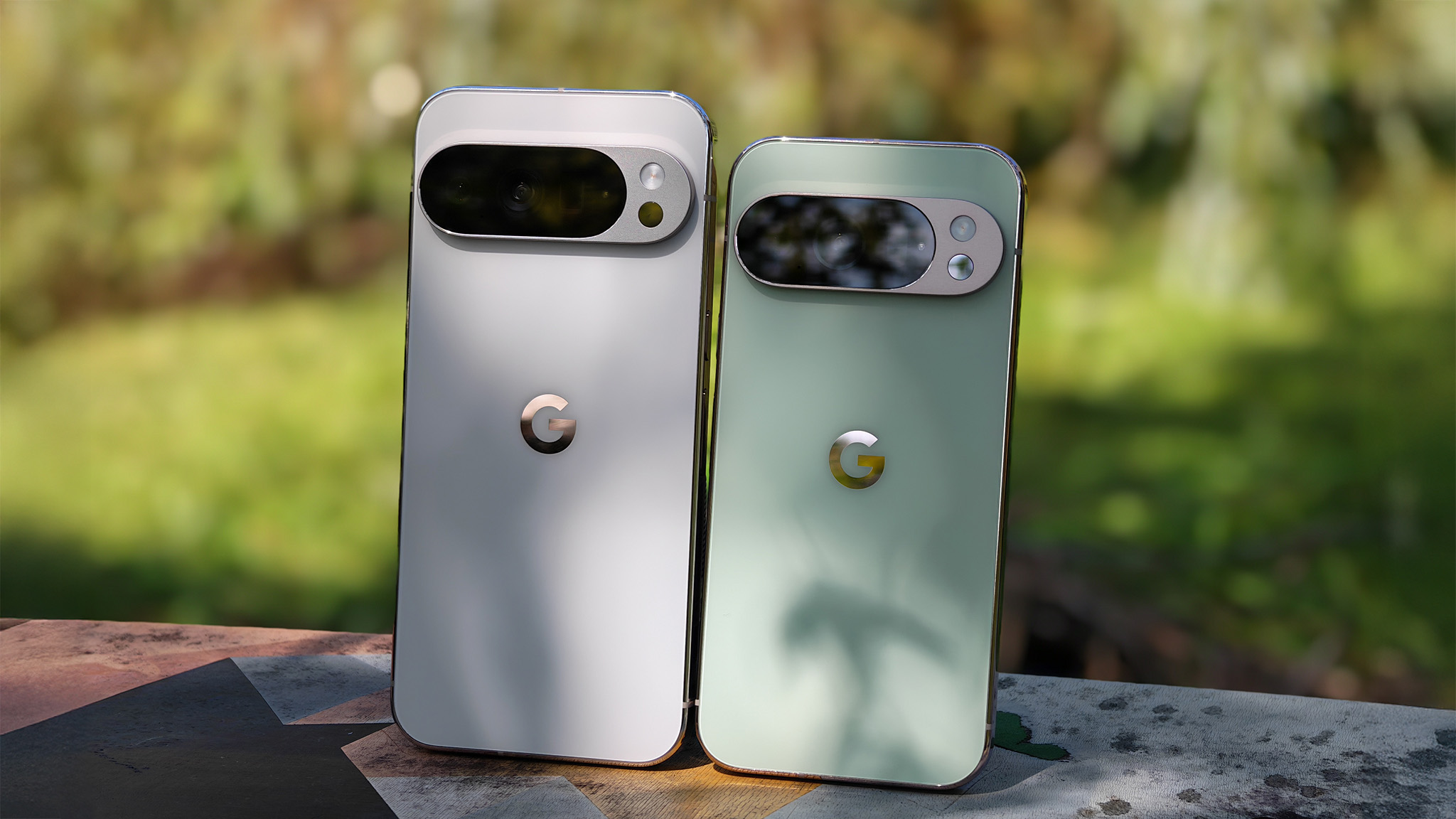
The Google Pixel 10 series debuted at the Made by Google event on August 20. The lineup includes four Pixel 10 devices, namely the Pixel 10, Pixel 10 Pro, Pixel 10 Pro XL, and Pixel 10 Pro Fold. The first three devices are available for preorder now, with general retail availability set for Aug. 28. The latter device, the Pixel 10 Pro Fold, is available for preorder now but won't hit shelves until Oct. 9.
This isn't any different from last year's Pixel 9 lineup, which was the first time Google ever launched four different-sized flagship phones. More recently, the mid-range-meets-budget Pixel 9a joined their ranks as a 6.3-inch, $499 smartphone. If you're looking for a budget Pixel, we don't expect to see the Pixel 10a until the second quarter of 2026.
The Google Pixel 10 starts at $799, the Pixel 10 Pro starts at $999, and the Pixel 10 Pro XL starts at $1,199. The base models of both the Pixel 10 and Pixel 10 Pro come with 128GB of storage, but can be configured with up to 256GB and 1TB, respectively. Meanwhile, the top-end Pixel 10 Pro XL is equipped with 256GB of storage by default and also maxes out at 1TB of storage.
The Google Pixel 10 is available in 33 countries:
- NAMER: United States, Canada, Mexico
- APAC: Japan, Australia, India, Taiwan, Singapore, Malaysia
- EMEA: United Kingdom, Ireland, Germany, France, Italy, Spain, Norway, Denmark, Sweden, Netherlands, Belgium, Austria, Switzerland, Portugal, Poland, Czech Republic, Romania, Hungary, Slovenia, Lithuania, Latvia, Estonia, Slovakia, Finland
Google's new lineup of smartphones also introduces a slew of new colorways. The Pixel 10 is offered in Indigo, Lemongrass, Frost, and Obsidian, the latter of which is the only holdover from the Pixel 9 series. The Google Pixel 10 Pro and Pixel 10 Pro XL is sold in Moonstone, Jade, Porcelain, and Obsidian colorways, with the latter two options being Pixel staples.
Google Pixel 10: Pro vs. base
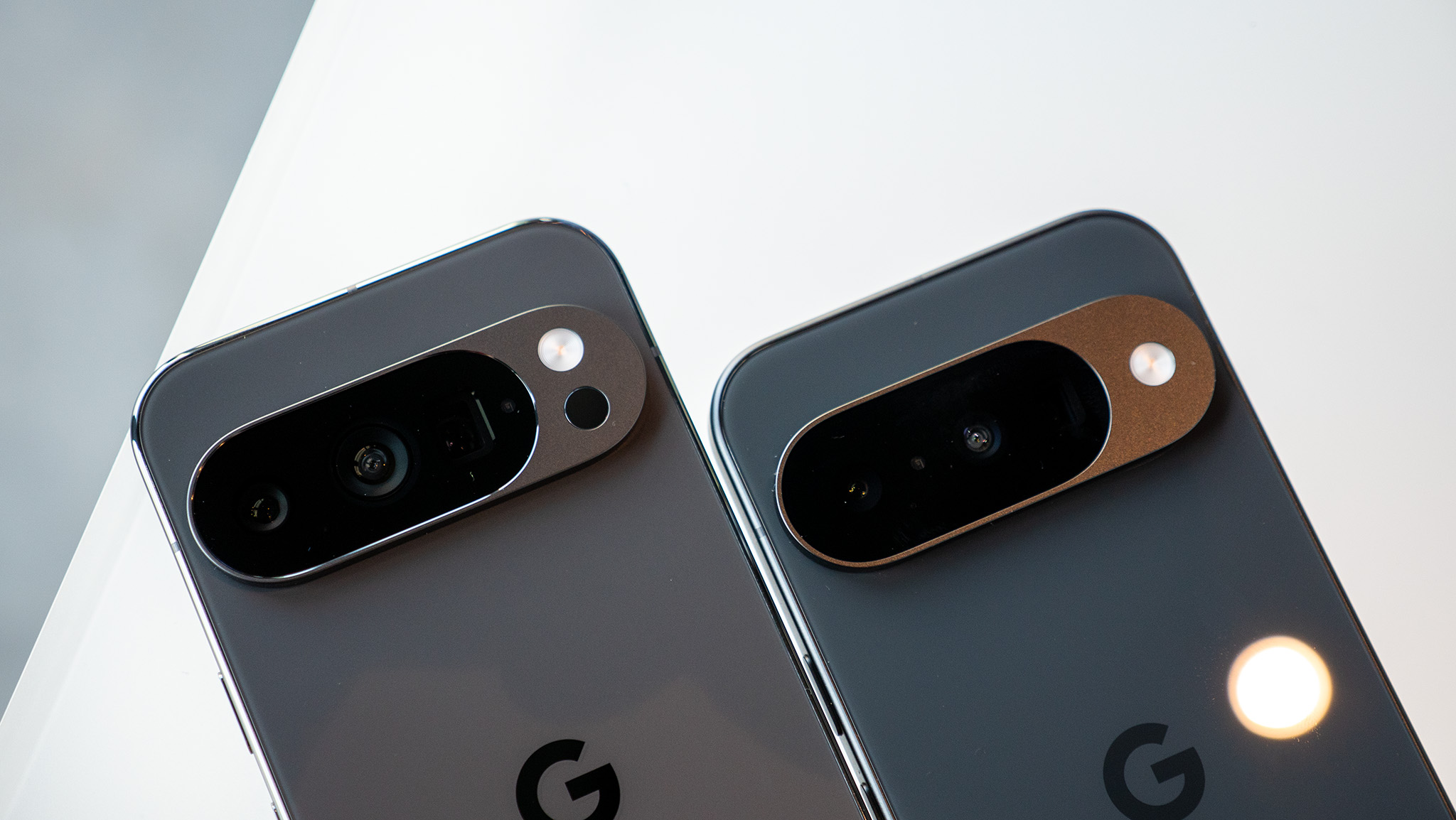
Both the Google Pixel 10 and Pixel 10 Pro have 6.3-inch displays, so you can choose the size and feature set that fits your needs best. If you like small phones, you can take your pick of the Pixel 10 or Pixel 10 Pro. For those that want the most features, the 6.3-inch Pixel 10 Pro and the 6.8-inch Pixel 10 Pro XL have a near-identical feature set. This year, the gap between the regular Pixel 10 and the Pro version is even smaller than ever — at least in hardware.
Every model in this lineup is powered by the Google Tensor G5 processor, which is redesigned from the ground up and fabricated using TSMC's advanced 3nm process. However, the base model only has 12GB of RAM, whereas the Pro models are equipped with 16GB of RAM.
Storage options aren't made equal, either. The 128GB model of the Pixel 10 is using UFS 3.1, while the Pro versions utilize Zoned UFS. Even the 256GB configuration of the Pixel 10 uses a newer storage system, supporting UFS 4.0.
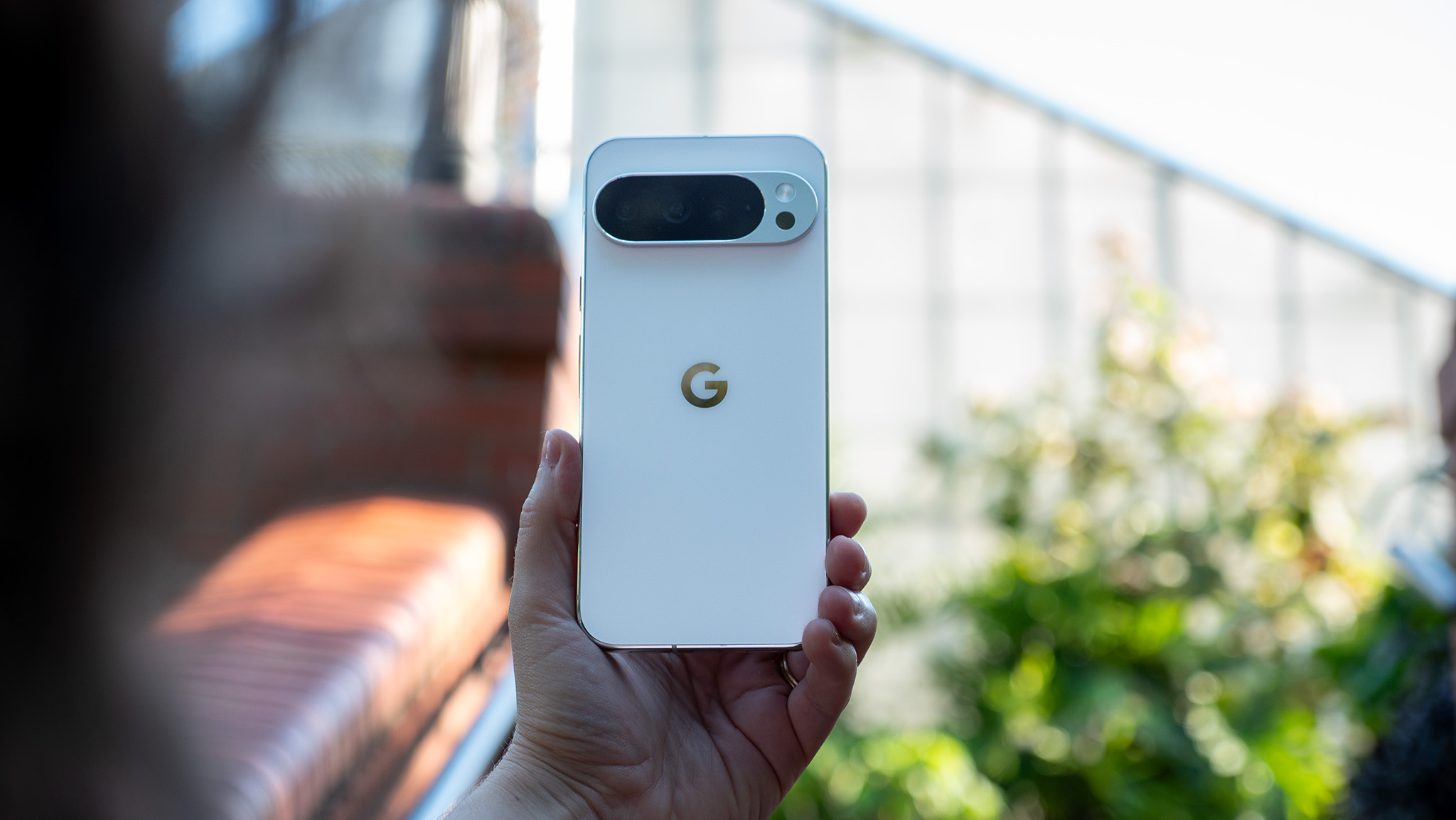
For better or worse, every model in the Pixel 10 series is eSIM-only, meaning there isn't a physical SIM slot for U.S. phones. The base-model Pixel 10 also loses out on Wi-Fi 7, as it is downgraded to Wi-Fi 6E compared to the Pixel 9.
While the three main Pixel 10 models all sport triple-camera systems with a primary camera, ultrawide camera, and 5x telephoto camera, they're not identical. The cheapest Pixel 10 is missing a handful of camera features, like full-resolution photos, Pro Res Zoom, Pro Controls, Video Boost, Night Sight video, and 8K video recording. These are all available on the Pro models, and some have even been found on older Pixels.
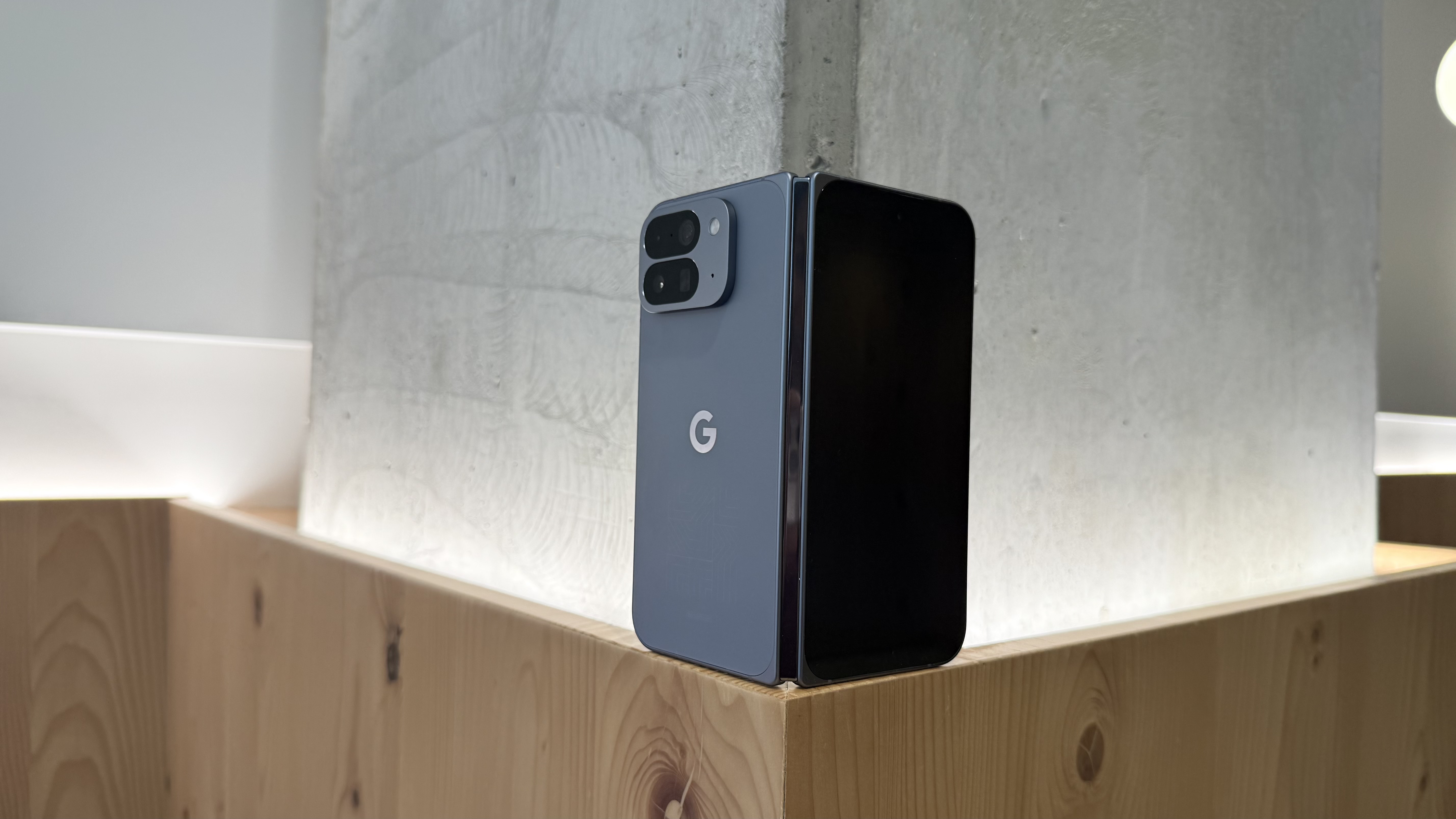
This year, the Pro models also include support for accessibility toggles for PWM-sensitive people. As usual, the base model's screen can only fluctuate between 60Hz and 120Hz, whereas the Pro versions can drop to 1Hz as needed using LTPO technology. The resolution and brightness are higher on the Pro models as well.
Just like last year, the Pixel 10 has a lower-quality 10.5MP selfie camera that won't compete with the Pixel 10 Pro and Pixel 10 Pro XL's identical 42MP sensors.
In terms of AI features, the Pixel 10 comes with one free month of Google AI Pro, while the Pro models get you an entire free year.
Google Pixel 10: Design and displays
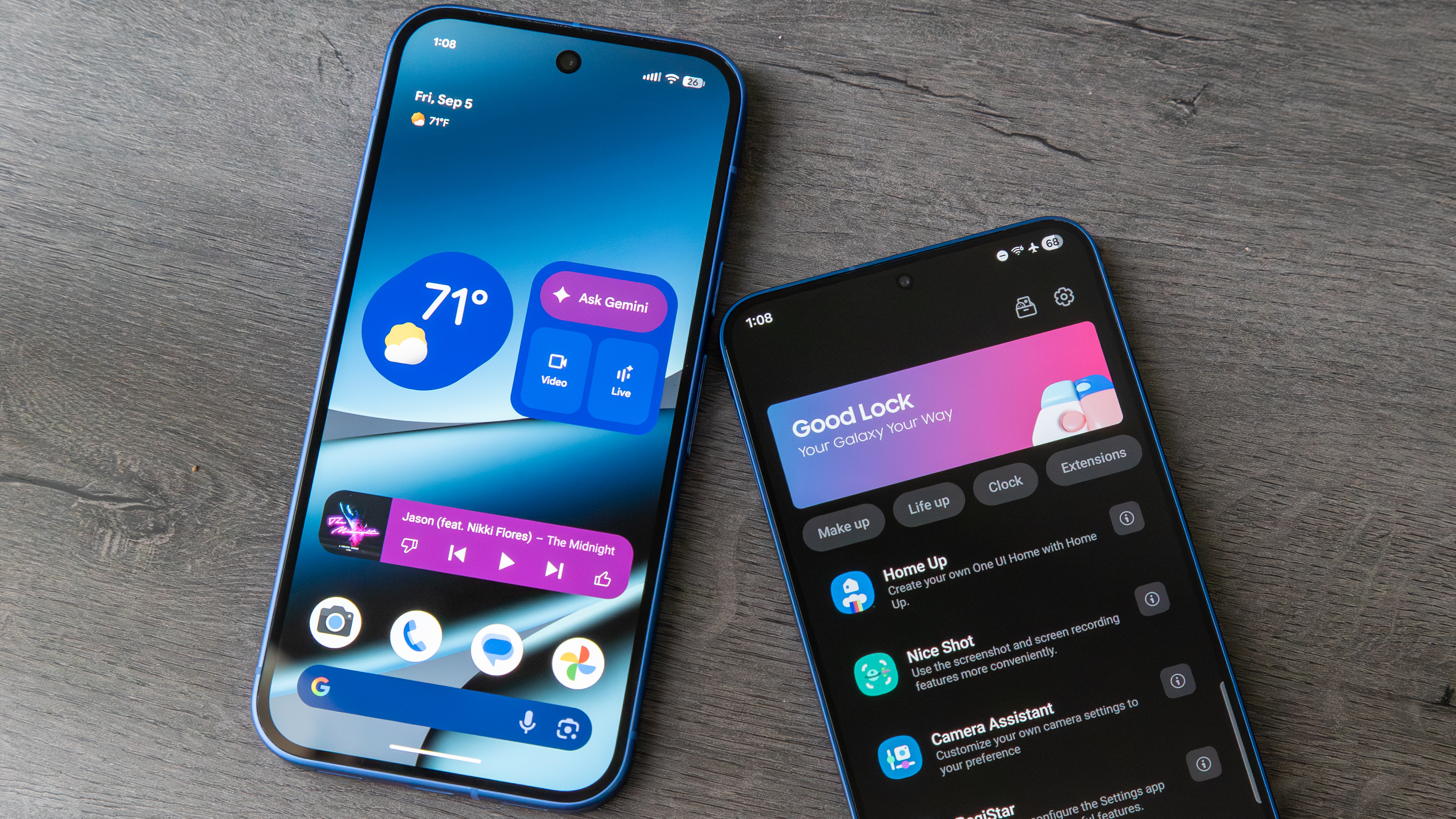
The Google Pixel 10, Pixel 10 Pro, and Pixel 10 Pro XL all retain the design language of their predecessors. The base model has a glossy back and matte rails, and the Pro models have a matte back and glossy rails. The design overall is incredibly flat, with slight chamfers along the edges. Rounding things out is the camera housing, which is an oval shape and houses the triple-camera rear system.
The displays have a hole-punch cutout for the selfie camera. The Pixel 10 OLED display panel sports a 1080 x 2424 resolution and a 3,000 nits peak brightness rating. That equals out to 422 pixels-per-inch (ppi). By comparison, the Pixel 10 Pro's screen has a pixel density of 495ppi, and the Pixel 10 Pro XL's display has a pixel density of 486ppi. Both Pro models have a peak brightness rating of 3,300 nits, which is higher than the base model.
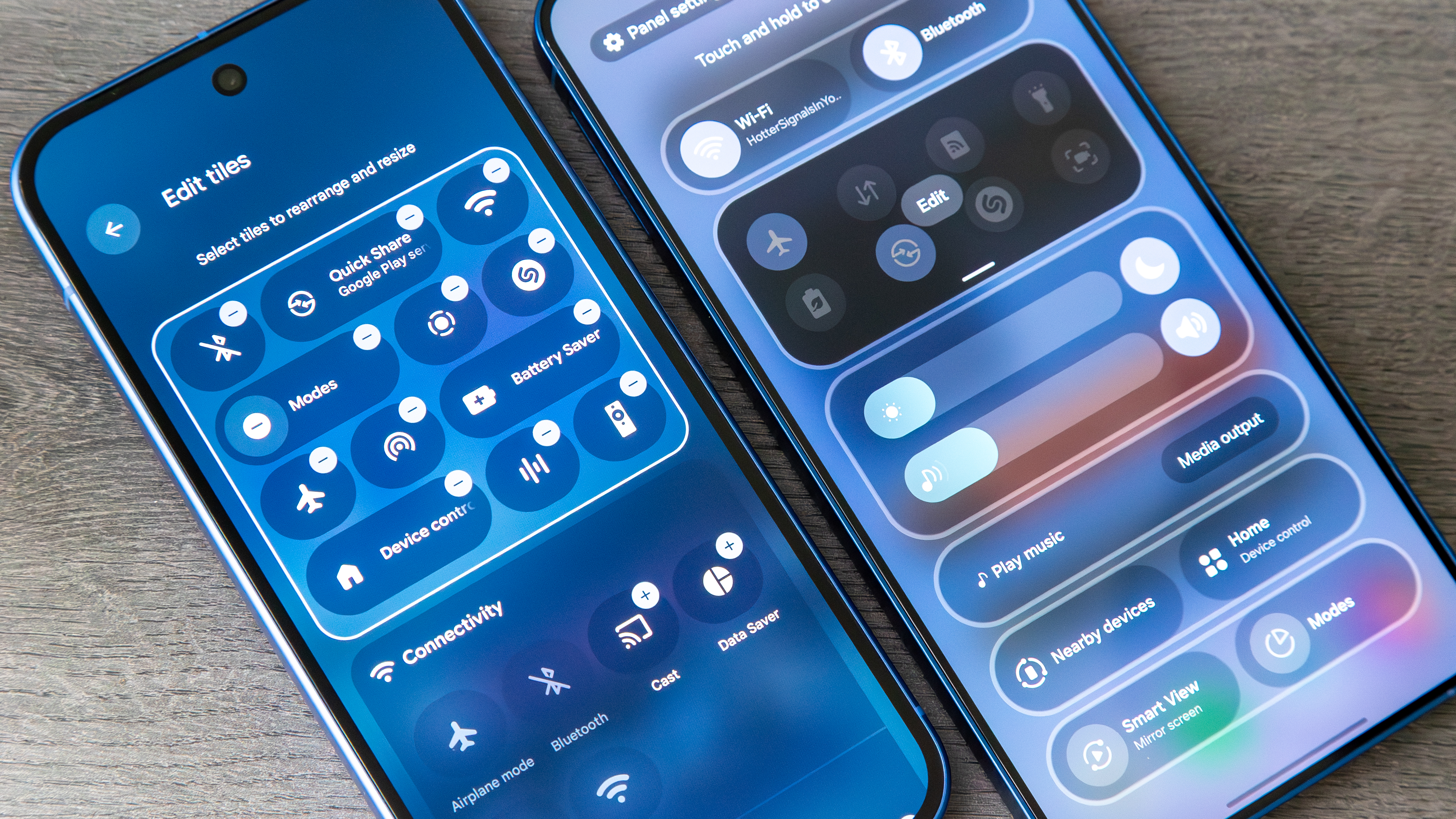
Like last year, the Pixel 10 and Pixel 10 Pro have the exact same dimensions, measuring 152.8mm x 72mm x 8.6mm. The Pixel 10 Pro XL is larger but slightly thinner, with a footprint of 162.8mm x 76.6mm x 8.5mm. The biggest model is gargantuan, weighing 232 grams, a significant uptick from last year's Pixel 9 Pro XL. The Pixel 10 and Pixel 10 Pro weigh in at 204 grams and 207 grams, respectively.
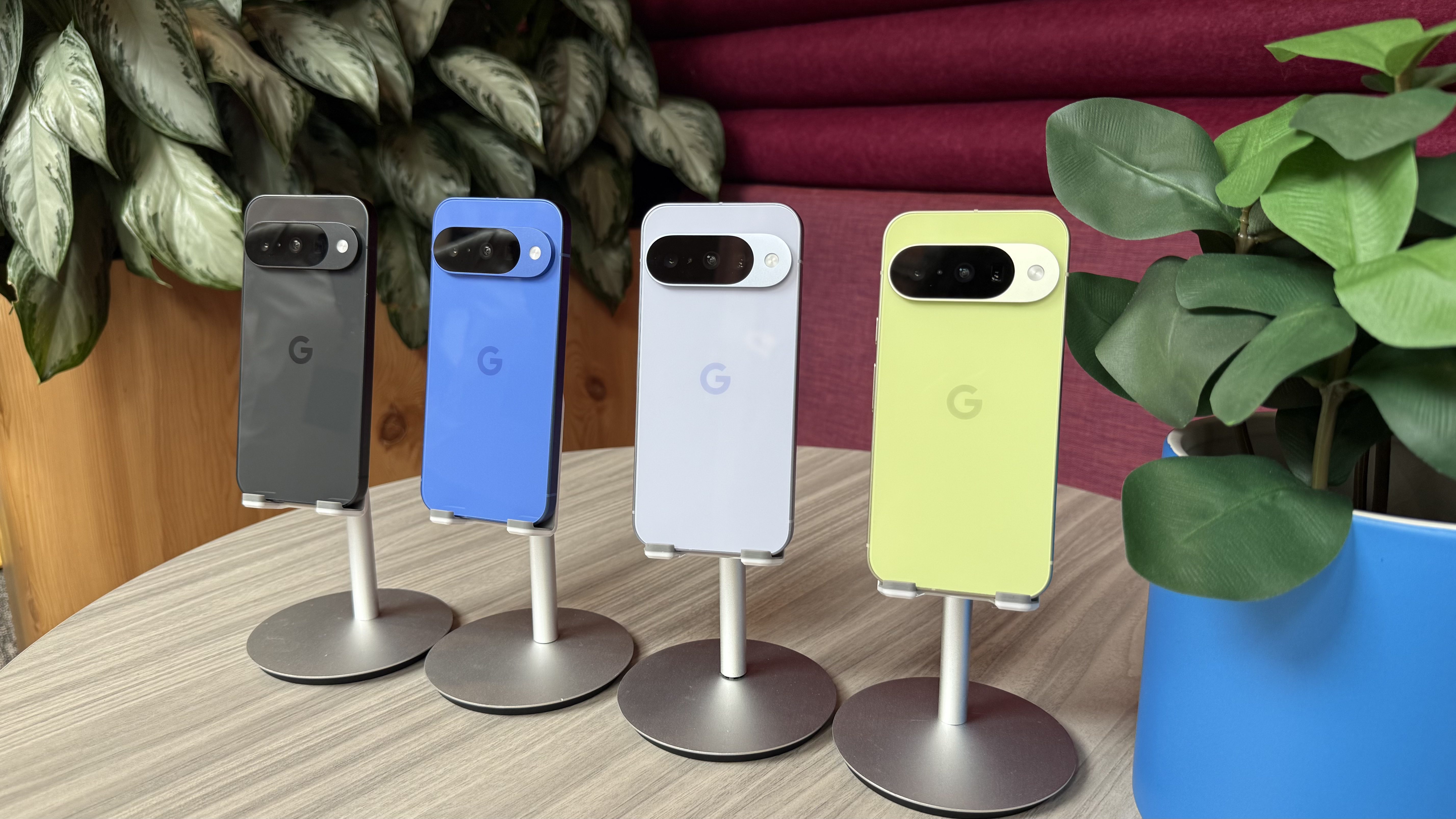
The extra thickness and weight might have something to do with battery capacity increases across the board and magnetic Qi2 support. Every Pixel 10 model has built-in magnets for connection with Qi2, MagSafe, and Pixelsnap accessories.
Google Pixel 10: Specs and performance
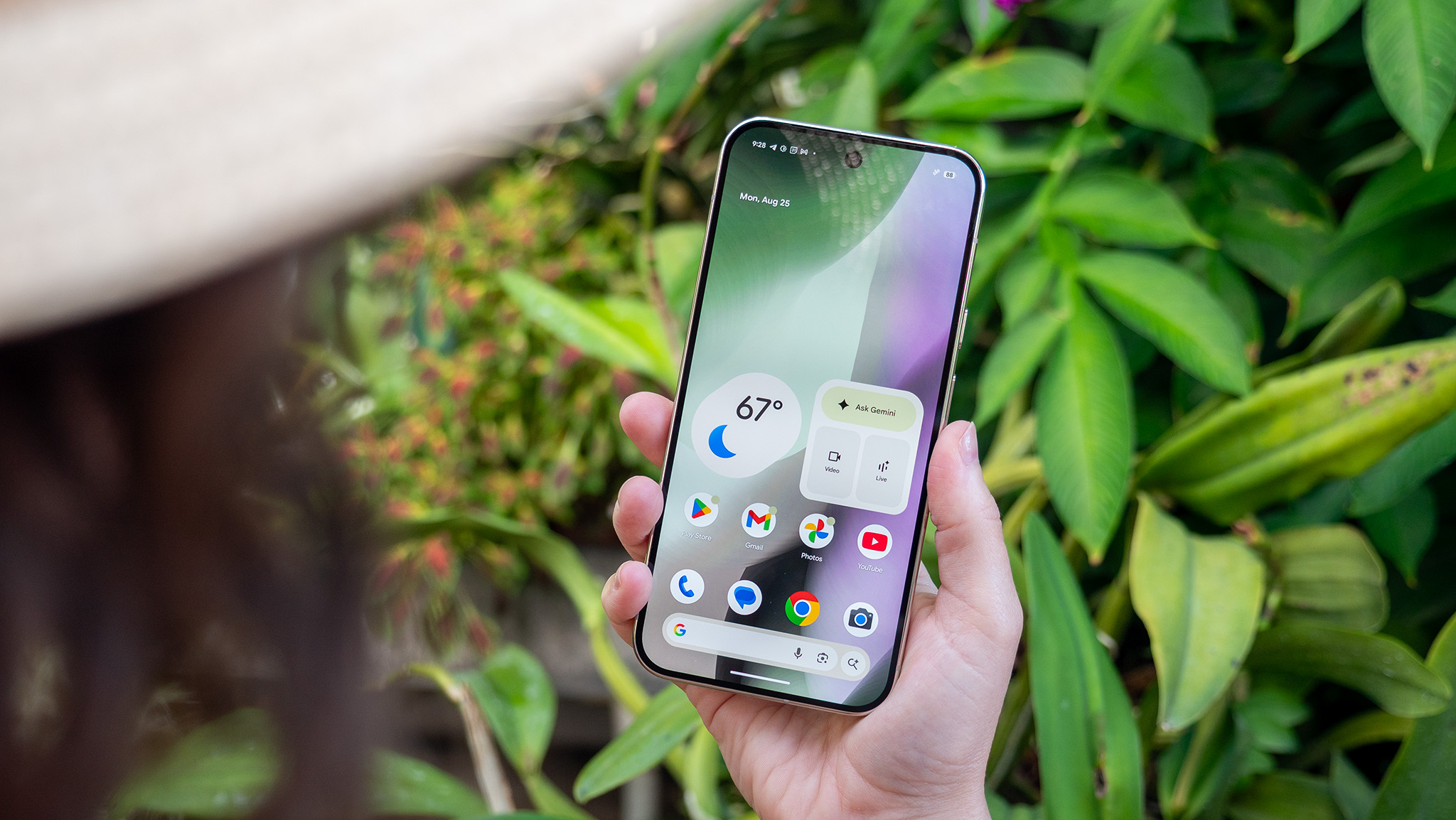
The Google Tensor G5 processor powers the entire Pixel 10 lineup, and it's looking like a breakthrough. The chip is manufactured by TSMC using its advanced 3nm process node, a first for a Google Tensor SoC. It could lead to major performance and efficiency gains, with Google claiming the Tensor G5's CPU is 34% faster on average than the Tensor G4's CPU.
The company says the chip's TPU is up to 60% more powerful, which should aid the Pixel 10 series' AI processing efforts not only now, but also in the future. It's packed with custom components like an all-new image-signal processor (ISP) that will pull the best camera quality out of the same hardware.
Category |
Pixel 10 |
Pixel 10 Pro |
Pixel 10 Pro XL |
|---|---|---|---|
Display |
6.3-inch Actua OLED, 1080 x 2424, 422 PPI, 60-120Hz, 3000 nits |
6.3-inch Super Actua OLED, 1280 x 2856, 495 PPI, 1-120Hz, 3300 nits |
6.8-inch Super Actua OLED, 1344 x 2992, 486 PPI, 1-120Hz, 3300 nits |
Processor |
Google Tensor G5 |
Google Tensor G5 |
Google Tensor G5 |
Memory and storage |
12GB, 128GB/256GB |
16GB, 128GB/256GB/512GB/1TB |
16GB, 256GB/512GB/1TB |
Cameras |
48MP main with macro focus, 13MP 120-degree ultrawide, 10.8MP 5x telephoto, 10.5MP 95-degree Dual PD AF selfie, 4K/60 10-bit HDR on all cameras |
50MP main, 48MP 123-degree ultrawide with macro focus, 48MP 5x telephoto, 42MP 103-degree Dual PD AF selfie, 4K/60 10-bit HDR on all cameras, 8K/30 on rear cameras |
50MP main, 48MP 123-degree ultrawide with macro focus, 48MP 5x telephoto, 42MP 103-degree Dual PD AF selfie, 4K/60 10-bit HDR on all cameras, 8K/30 on rear cameras |
Security |
Titan M2 chip, Ultrasonic fingerprint sensor, single-camera face unlock, Google VPN |
Titan M2 chip, Ultrasonic fingerprint sensor, single-camera face unlock, Google VPN |
Titan M2 chip, Ultrasonic fingerprint sensor, single-camera face unlock, Google VPN |
Battery and charging |
4,970mAh, 30W wired, 15W Qi2 Pixelsnap wireless |
4,870mAh, 30W wired, 15W Qi2 Pixelsnap wireless |
5,200mAh, 45W wired, 25W Qi2 Pixelsnap wireless |
Dimensions |
152.8mm x 72mm x 8.6mm |
152.8mm x 72mm x 8.6mm |
162.8mm x 76.6mm x 8.5mm |
Weight |
204g |
207g |
232g |
Durability |
Gorilla Glass Victus 2 front-and back, IP68 |
Gorilla Glass Victus 2 front-and back, IP68 |
Gorilla Glass Victus 2 front-and back, IP68 |
OS and updates |
Android 16, 7 years of OS and security updates (until Android 23) |
Android 16, 7 years of OS and security updates (until Android 23) |
Android 16, 7 years of OS and security updates (until Android 23) |
Connectivity |
Wi-Fi 6E, Bluetooth v6, NFC, Dual-band GPS, 5G mmWave (NA only), 5G Sub-6, LTE |
Wi-Fi 7, Bluetooth v6, NFC, Dual-band GPS, 5G mmWave (NA only), 5G Sub-6, LTE |
Wi-Fi 7, Bluetooth v6, NFC, Dual-band GPS, 5G mmWave (NA only), 5G Sub-6, LTE |
SIMs |
Dual eSIM (U.S. only), single nano SIM and one eSIM (global models) |
Dual eSIM (U.S. only), single nano SIM and one eSIM (global models) |
Dual eSIM (U.S. only), single nano SIM and one eSIM (global models) |
Colors |
Indigo, Frost, Lemongrass, Obsidian |
Moonstone, Jade, Porcelain, Obsidian |
Moonstone, Jade, Porcelain, Obsidian |
Aside from processing power, the biggest Pixel 10 series upgrade is battery life and charging. Each model is crammed with even more battery life and faster charging speeds. The base Pixel 10 has a capacity of 4,970mAh, the Pixel 10 Pro has a capacity of 4,870mAh, and the Pixel 10 Pro XL has a capacity of 5,200mAh. Paired with the Tensor G5 chip, we should see long-lasting battery life for this generation of Pixel.
Google is also finally ushering in the Qi2 era with full support for the charging standard on the Pixel 10 series. That means you won't need a case to take advantage of precise alignment with supported chargers and accessories. While the Pixel 10 and Pixel 10 Pro support Qi2 15W, the Pixel 10 Pro XL takes things one step further with Qi2.2 25W support.
Google Pixel 10: Cameras
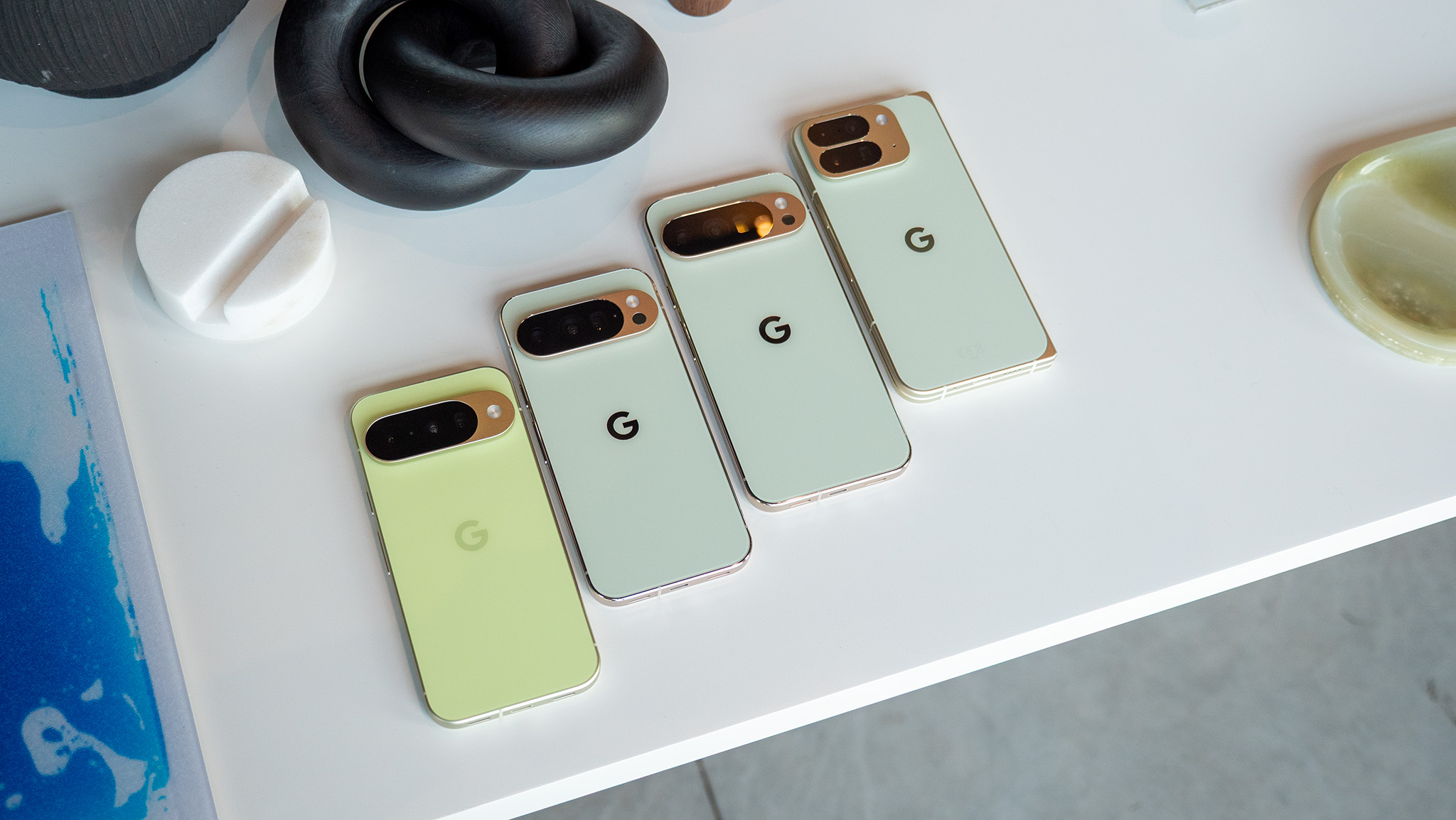
Google is once again upgrading the camera systems of its latest Pixel phones — at least for certain models. The base Pixel 10 is now equipped with a triple-camera system for the first time, adding a telephoto lens with 5x zoom capability.
However, neither the Google Pixel 10 Pro nor the Pixel 10 Pro XL received any major camera changes, with the same 50MP primary sensor, 48MP ultrawide lens, 48MP telephoto lens, and a 42MP selfie camera. Although the Pixel 10 Pro and 10 Pro XL retain their 48MP telephoto sensors, they now offer an upgraded "Pro Res Zoom" capability of up to 100x. Meanwhile, the standard Google Pixel 10 still has Super Res Zoom up to 20x.
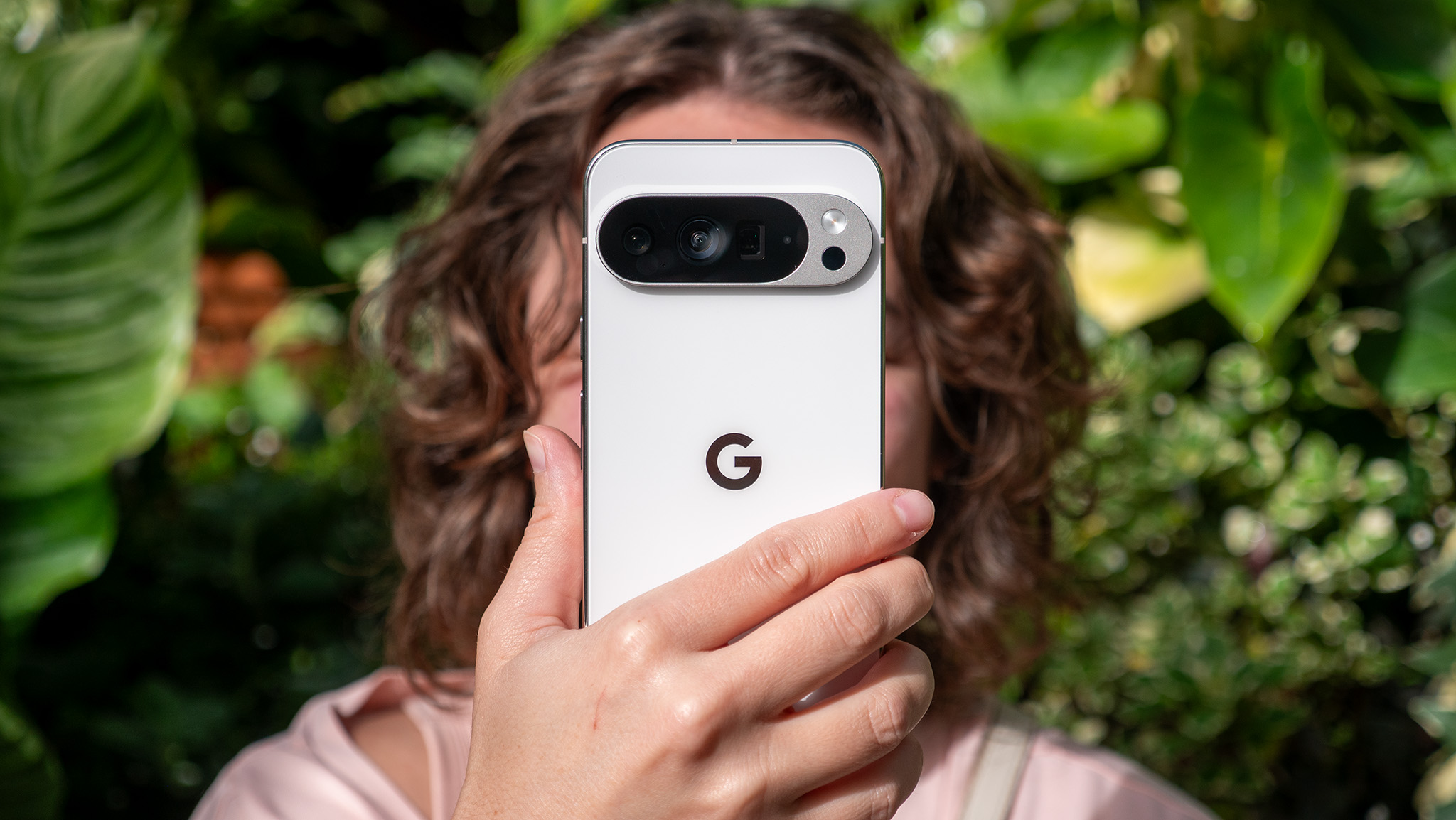
The Tensor G5's new ISP should result in better camera quality despite the minimal hardware changes. Other tweaks to computational photography and color science could lead to better results thanks to software post-processing. Stay tuned for our Pixel 10 series camera reviews to see how these shooters compare to the Pixel 9 series and beyond.

Additionally, there are Pixel 10 software features that'll help you improve your camera output. Camera Coach is the headline feature this year, and it's an AI tool that uses custom models to situationally instruct the user how to fix lighting and composition issues. It joins a thorough suite of camera tools like Best Take, Add Me, and more.
Google Pixel 10: Software
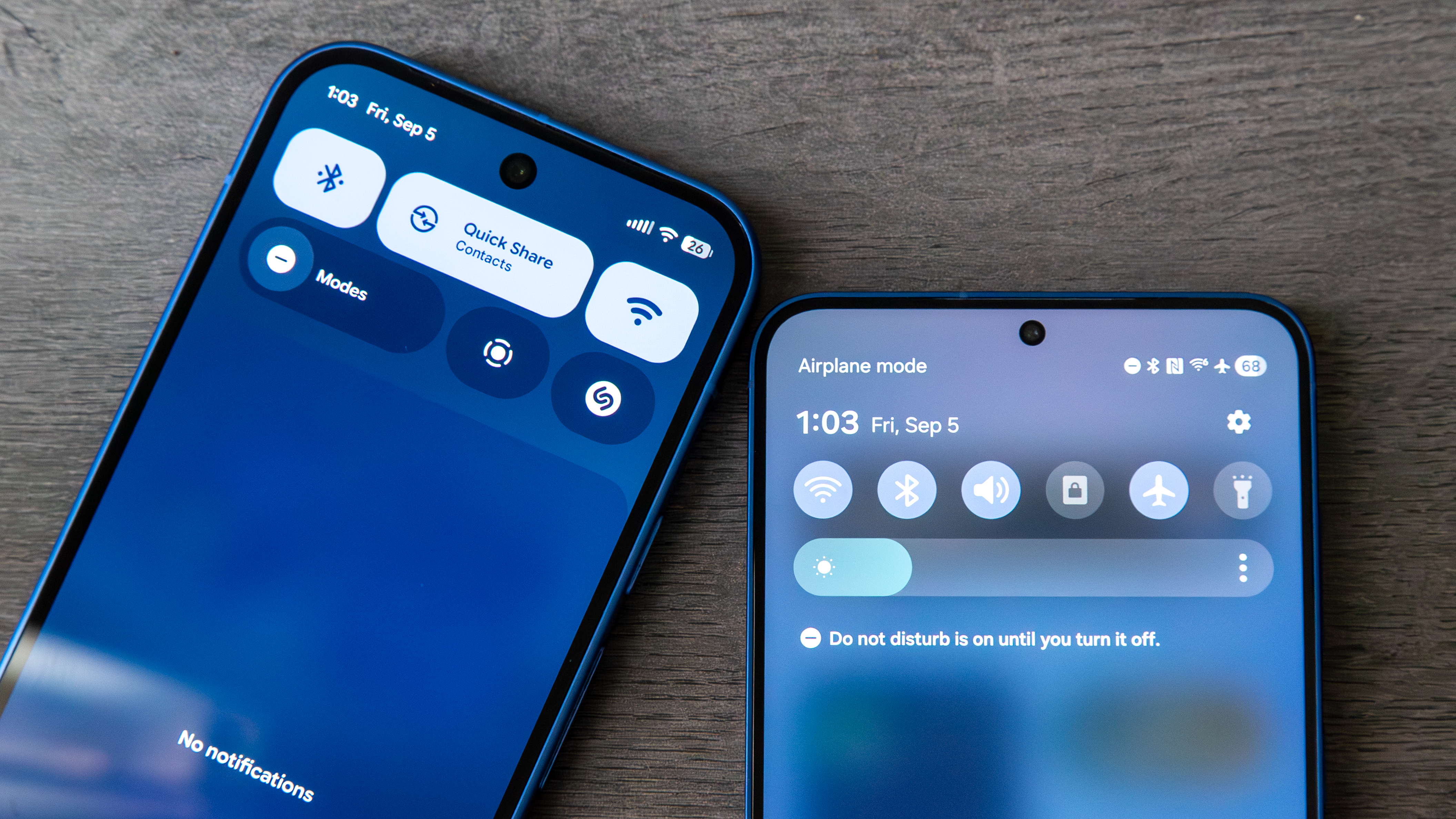
Software is the name of the game for Google Pixel phones, and that continues with the Pixel 10 lineup. Every model runs on Android 16 right out of the box, and Pixels get their own unique take on the operating system with Material 3 Expressive. The software is bright, colorful, and engaging, giving Pixel UI a fresh feel in its biggest overhaul yet.
While plenty of phones run Android 16 already, Material 3 Expressive isn't the only feature that separates the Pixel 10 series from the rest. There are other exclusives, such as Magic Cue. This feature uses on-device AI and the advancements of the Tensor G5 platform to deliver personalized intelligence for Pixel 10 users. The software tool tries to be one step ahead of you, surfacing useful information before you need it.
Pro Res Zoom, Auto Best Take, and Live Translate voice translations are just a few of the exclusive software tools arriving with the Pixel 10. That's on top of all the features included in Google AI Pro, and classic staples like Circle to Search and multimodal Gemini Live.
The Google Pixel 10 series comes with seven years of Android OS upgrades and security updates, so every model will be sure to last.
The starter Pixel
The Google Pixel 10 packs all the essentials while maintaining an affordable price point. You get the same screen size and chipset as the Pro model, and now there's a telephoto lens to match. Plus, it's available in fun colors like Lemongrass.
The middle ground
The Google Pixel 10 Pro delivers a higher-quality experience while maintaining the same compact form factor as the standard Pixel 10. Upgrades include a better camera system, a higher-resolution display, and more memory.
The high end
The Google Pixel 10 Pro XL is the best of the best, bringing all of the Pixel 10 Pro features into a larger, 6.8-inch form factor. You also get the biggest battery in a Pixel and magnetic Qi2 25W wireless charging support, both of which are exclusive to this model.







